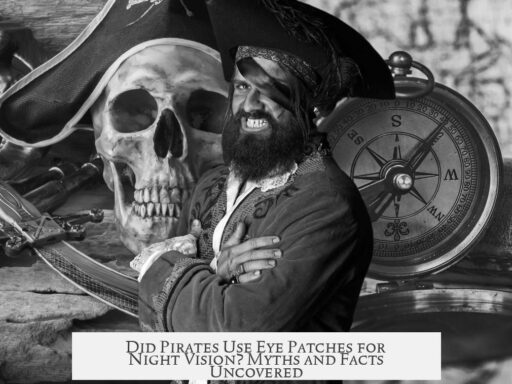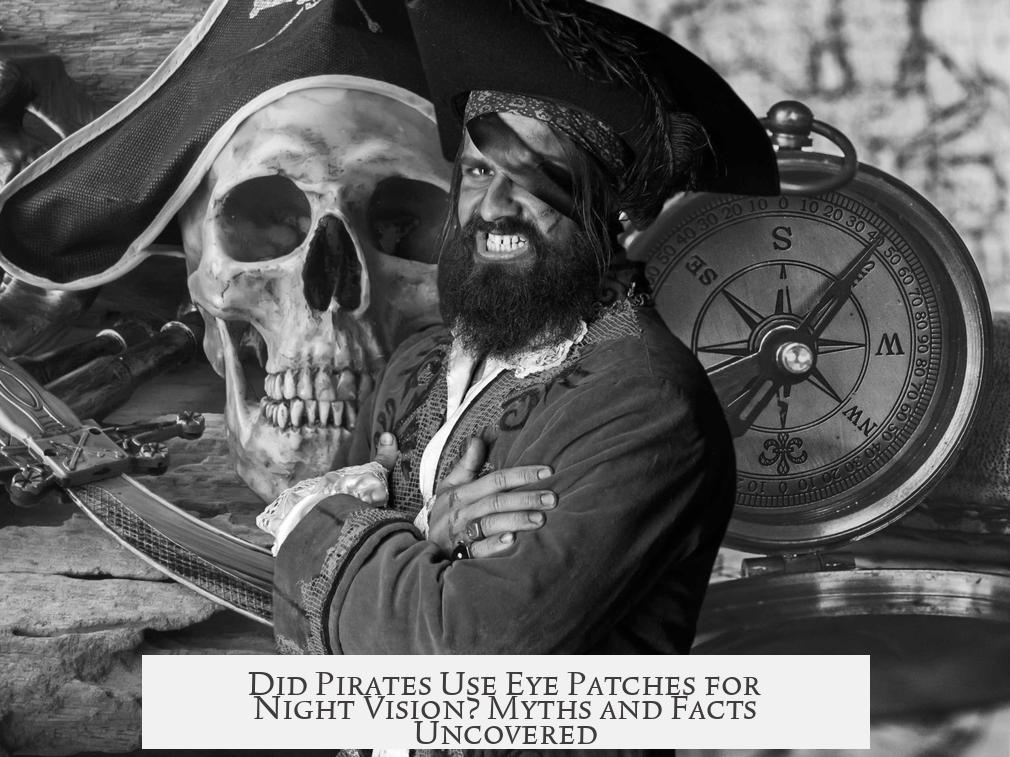Pirates did not wear eye patches to improve vision in the dark, according to historical evidence and expert consensus. The popular belief that pirates used eye patches to adapt one eye to darkness lacks confirmation from authentic sources. It remains a myth rather than a documented fact from the Golden Age of piracy.
Historical records offer no reliable documentation supporting the idea that eye patches served a function related to night vision. Experts on piracy, such as those on historian forums, repeatedly clarify that no credible accounts exist to show that pirates wore patches for this reason. Instead, eye patches were likely used to cover injuries or blindness sustained during combat or accidents.
The absence of proof is not proof of absence; however, the complete lack of canonical references suggests that the idea of eye patches for dark adaptation is speculative. This speculation often arises from modern reinterpretations and fictional portrayals rather than from evidence.
- Eye patches were commonly associated with covering a damaged or missing eye, not with preserving night vision.
- Popular media, including shows like Mythbusters, engage with the idea but do not provide historical validation.
- The myth persists because it appeals to imaginative storytelling rather than factual history.
While the concept that switching an eye patch between eyes could enable sailors or pirates to see better in darkness is ingenious, it does not have a verified basis in pirate life. Maritime practices in the 17th and 18th centuries show no indication of such a technique being used by pirates or sailors.
In short, the eye patch as a tool for enhancing vision in the dark remains unsubstantiated fiction. Its frequent appearance in pirate lore owes more to dramatization than fact.
- No primary sources confirm eye patches improved pirates’ night vision.
- Eye patches mainly concealed injury or loss of an eye.
- The myth is fueled by entertainment, not historical proof.
- Experts caution against accepting popular portrayals as factual history.
Did Pirates Wear Eye Patches for Better Vision in the Dark? The Truth Behind the Swashbuckling Myth
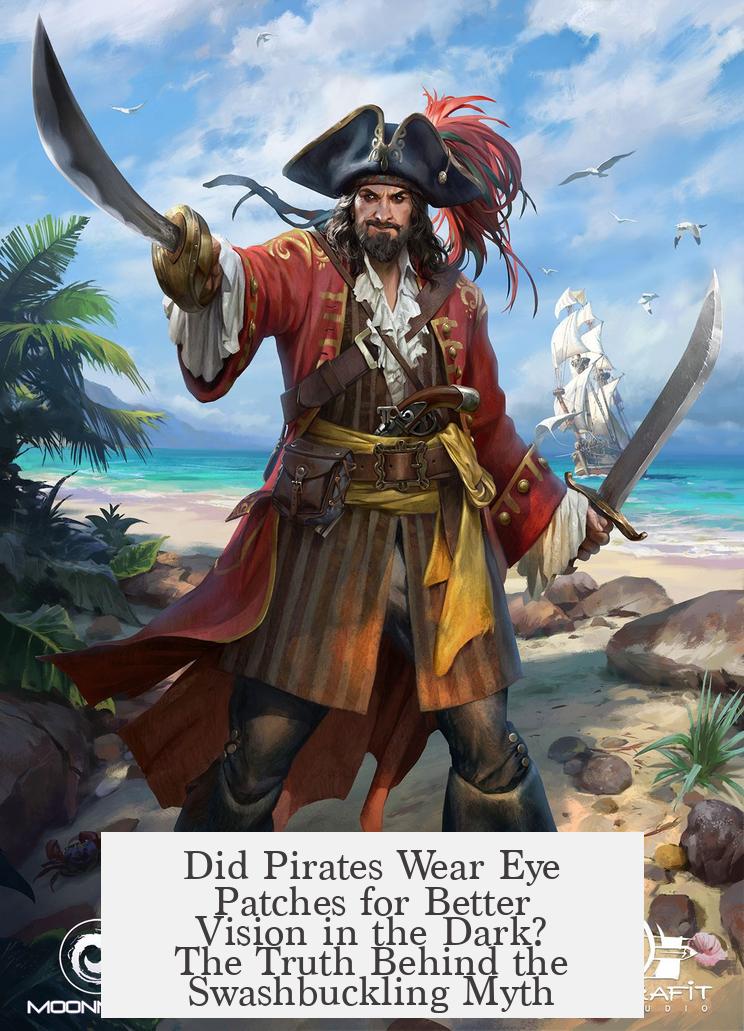
If you’ve ever watched a pirate movie, you might picture a rugged buccaneer, cutlass in hand, sporting a mysterious black eye patch. Pop culture loves this image. But here’s the real question: Did pirates wear eye patches to improve their vision in the dark? The short and honest answer: not that we know of. Let’s dive into the fascinating history—and debunk a few myths along the way.
Pirates wearing eye patches for better night vision is one of those ideas that just sticks in popular imagination. It’s thrilling to think that beneath that patch, a pirate has a secret advantage, able to switch to night vision mode like some sort of swashbuckling superhero. But reality tends to be less glamorous.
Mythbusters Took a Swing—But It’s Not History
Many people reference the Mythbusters episode where they tested the theory that pirates wore eye patches to preserve night vision. The experiment involved simulating going from the bright upper deck to a dark hold below deck with and without an eye patch. It’s entertaining TV for sure, and it demonstrates the concept well.
But—and this is a big BUT—Mythbusters is an entertainment show, not a historical record. As one historical enthusiast put it, “If you’re new to the thread, please don’t post the Mythbusters episode again.” It’s great for testing ideas, but there’s no historical evidence from the Golden Age of Piracy (17th-18th centuries) supporting the eye-patch-for-night-vision concept.
The Historical Record? Quiet on the Eye Patch Front
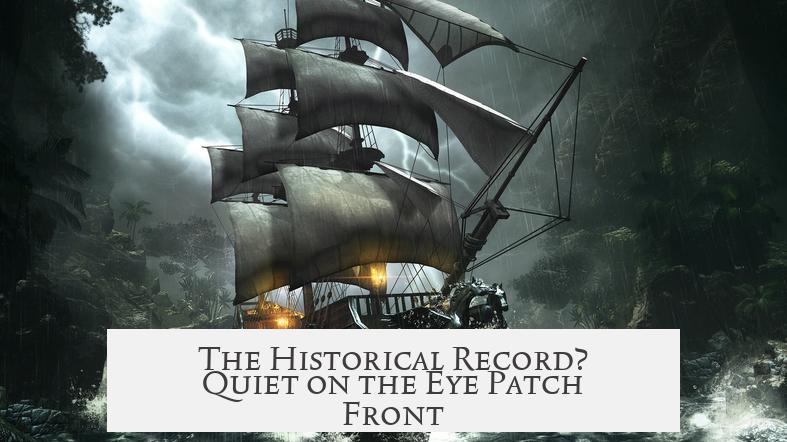
When historians and pirate experts talk about eye patches, you’ll hear a lot about the absence of proof. In fact, prominent voices on Reddit’s AskHistorians community have weighed in. They clearly state there’s no known documentation or firsthand accounts mentioning that pirates actually used eye patches for nocturnal vision.
Why? Because such a practice would likely have been noted in ship logs, sailor diaries, or official records. Yet, ship manifests and pirate tales from that era don’t mention eye patches in this context. The idea is neat, but it looks like historical fiction sneaked in where fact should lead.
So Where Did This Notion Come From?
The seductive idea of pirates using eye patches might have come from later storytelling, movies, or sailors who actually wore patches for other reasons, such as injuries or infections. An eye injury is plausible aboard ships—accidents did happen. Wearing a patch over a lost or damaged eye would become a practical solution, but that’s a far cry from switching patches to boost night vision.
The gap in historical records leaves a vacuum. Into that vacuum steps speculation, guesswork, and the creative minds of Hollywood. Here, assumptions blend with entertainment, and half-baked conjecture turns into a “fact” that everyone repeats.
Absence of Evidence Isn’t Evidence of Absence, But Still…
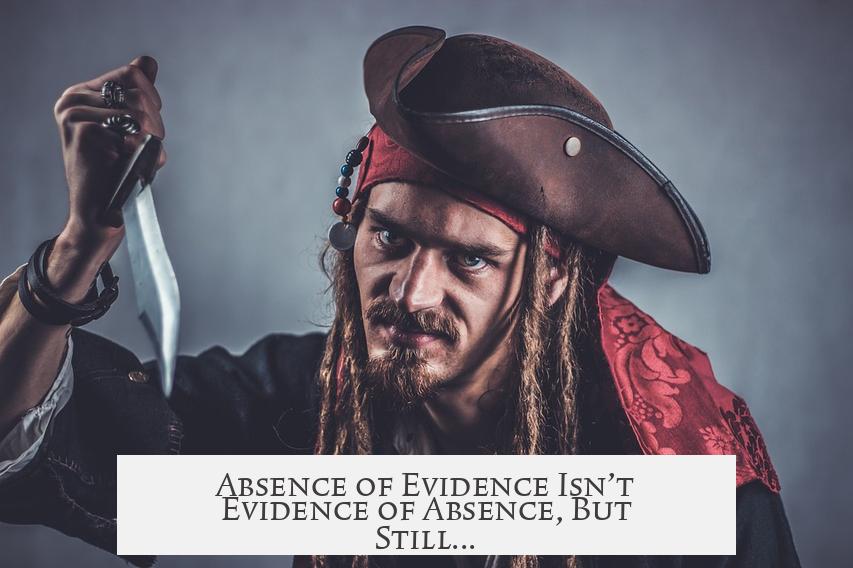
It’s important to remember the phrase “absence of evidence is not evidence of absence.” Just because no historian has found direct evidence doesn’t absolutely mean it never happened. However, we should judge probabilities by the weight of evidence. In this case, the silence is deafening. No ship captain logs mention night vision tricks. No sailor’s journal hints at switching eye patches below deck. No medical records suggest it either.
So, while pirate myths can inspire, the actual practice of wearing eye patches for night vision remains a sailor’s tale without proof. If pirates had such a clever trick, surely some record would exist. But reality is that sailors faced brutal conditions—and if they lost an eye, they wore a patch because the eye was gone, not because they were preparing for nighttime stealth missions.
Want to See Better in the Dark? Try This Instead
While pirates probably didn’t wear eye patches for night vision, the human eye does have a remarkable ability called dark adaptation. If you want better vision in the dark, your real-life pirate hack is patience. Spend 20 to 30 minutes in darkness, and your eyes gradually adjust by expanding pupils and increasing rod cell sensitivity.
Alternatively, covering one eye with a patch before going into darkness does work for preserving night vision in that eye. But again, no records show pirates systematically used this trick. It remains a clever experiment and a fun hypothesis—but not documented maritime practice.
Lessons Learned from Pirate Eye Patch Myths
- Don’t trust entertainment for history. Shows like Mythbusters can test ideas but can’t replace historical evidence.
- Check primary sources. When in doubt, see if historical sailors mentioned eye patches in logs, letters, or medical records.
- Myths fill historical gaps. When facts are missing, our imagination loves to fill the void.
- Cultural impact lasts longer than facts. The pirate eye patch is a strong image that won’t disappear anytime soon.
A Final Thought for Pirate Lovers
Sure, an eye patch adds mystery, danger, and style to the pirate persona. Whoever created the image knew how to build a legend. However, if you’re heading below deck with the hope your patch keeps one eye ready for darkness—you might want to pack a lantern instead.
So, next time you see a pirate-themed costume or movie scene, remember the eye patch story is more about imagination than fact. Yet, isn’t that what pirate stories do best? They fire up creativity while enthralling us with tales of the high seas.
Have you ever tried the eye patch trick for night vision? Or do you think pirates might have just gone without when the lights went out? Share your thoughts and let’s keep unraveling the truth behind the legends.
